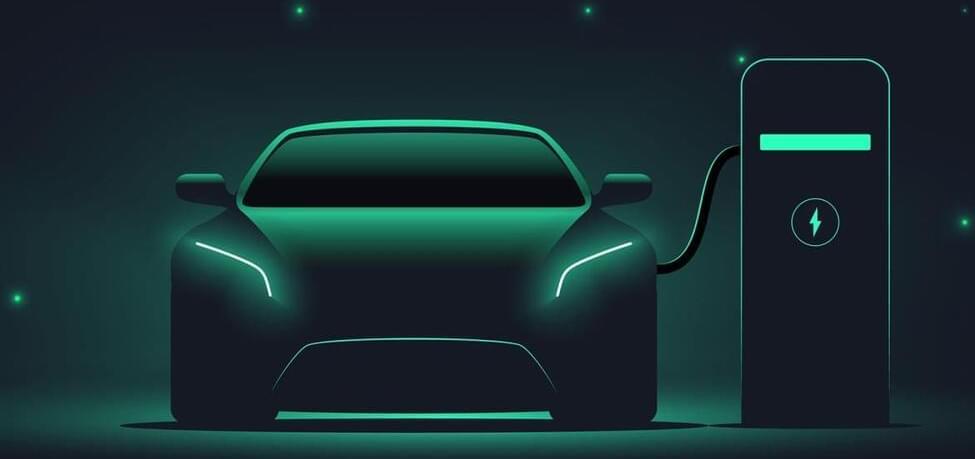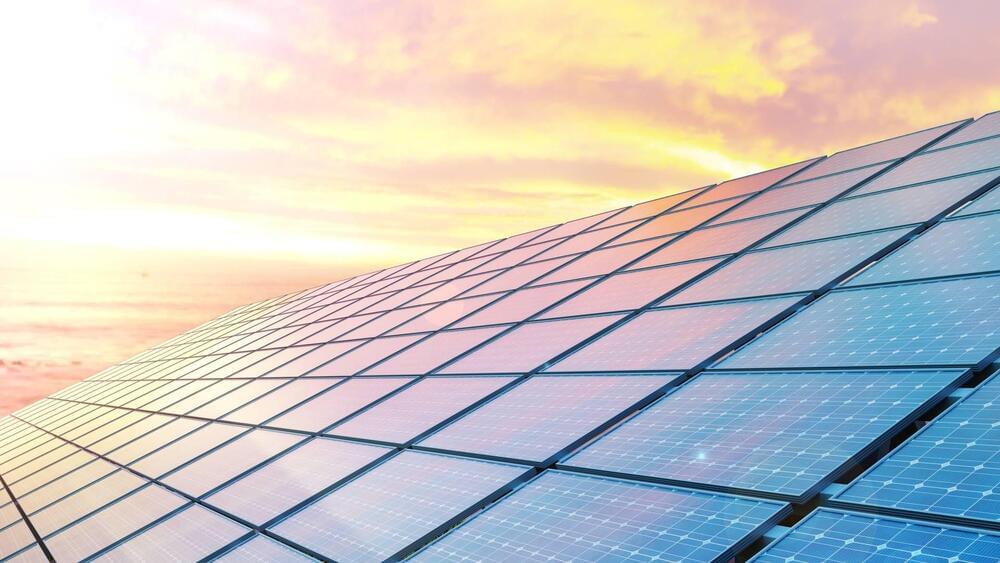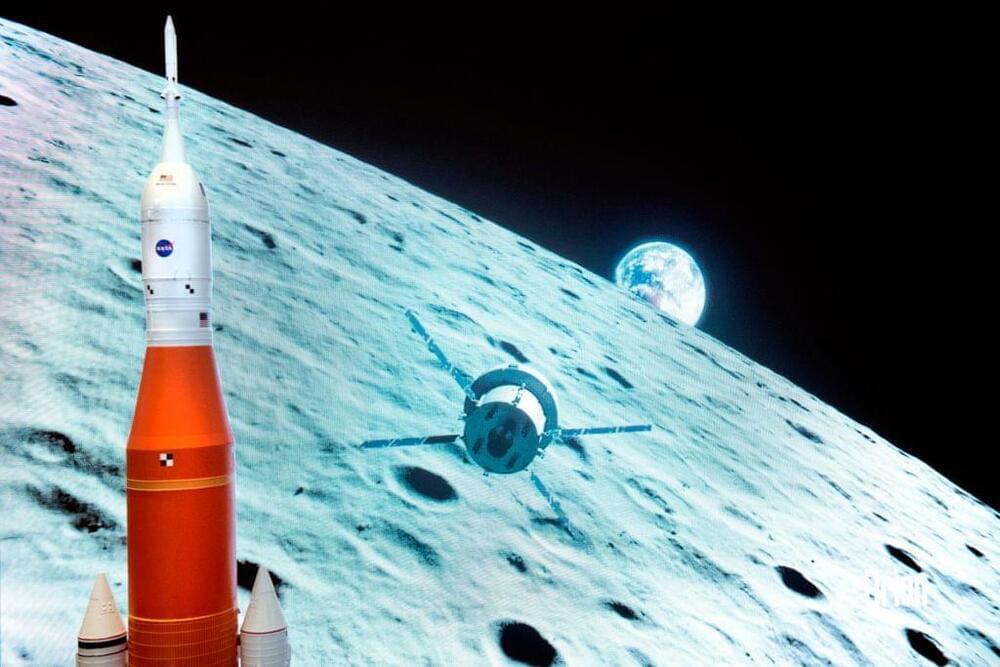Formula One (F1) has always been a technology-driven sport. Behind every car tearing up the circuit at 250 mph is a team of engineers and scientists competing to wrangle every advantage, leveraging the latest innovations in data, analytics and high-performance computing.
Right now, as is the case in every industry, artificial intelligence (AI) is driving a wave of disruption, transforming car design, race performance and fan experience alike.
As Christian Horner, CEO of Oracle Red Bull Racing, says, “Data is in the team’s lifeblood. Every element of performance – how we run a race, how we develop a car, how we select and analyze drivers – it’s all driven by data.”






